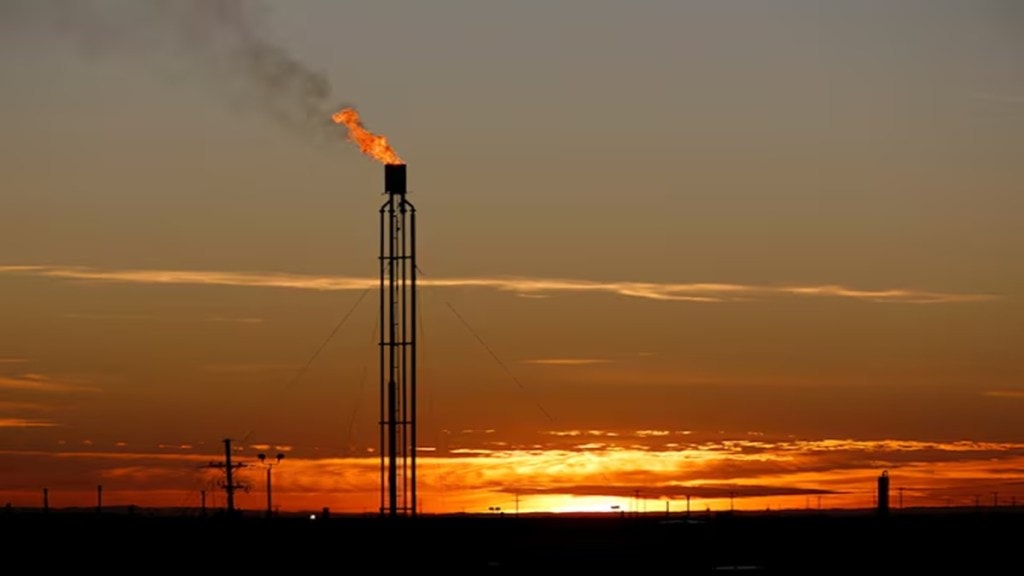India’s natural gas import bill surged by 17.2% to $12.9 billion during April–January of the current fiscal, compared with $11.0 billion in the same period last year, driven by rising consumption, according to data from the Petroleum Planning and Analysis Cell (PPAC). In January, the import bill increased by approximately 8.3% to $1.3 billion, compared to January 2024.
The country imported 31,347 million standard cubic meters (mmscm) of liquefied natural gas (LNG) during the first ten months of FY25, reflecting a 21% increase over the corresponding period of FY24. Analysts attributed this growth to a combination of rising demand and stabilised global natural gas prices, which had previously surged to record highs in FY23.
India’s natural gas consumption rose by 10% to 61,282 mmscm, driven by higher demand from the city gas distribution (CGD), fertiliser, and power sectors. This pushed the country’s reliance on imported gas to 51.2%, up from 46.5% in the same period last fiscal.
Despite the rise in imports, domestic natural gas production showed only a marginal increase of 2.6% during April–January. State-owned Oil and Natural Gas Corporation (ONGC) produced 15,763 mmscm of natural gas during this period, a decline from 16,189 mmscm in the same period last year. Production remained below targets, highlighting the widening gap between demand and domestic supply.
India’s LNG imports are expected to moderate in 2025, with growth projected to slow to 10%, compared to 21% in 2024, according to the International Energy Agency (IEA). This slowdown is attributed to tempered demand growth and continued global competition for LNG cargoes.
The IEA projects an 8% increase in India’s natural gas demand in 2025 (or an additional 6 billion cubic meters), supported by the country’s expanding energy requirements and rapid economic growth.
In 2024, India became the world’s fourth-largest LNG importer, accounting for 7% of global LNG imports. The growth in demand was primarily driven by the industrial and oil refining sectors, followed by residential, commercial, and transport sectors.
India’s LNG imports increased throughout 2024, supported by lower relative prices. As per the agency, the number of LNG cargoes tendered for delivery in 2024 (both supplier offers and user invitations) in India increased by 70% on-year.
IEA believes that 2025 is set to bring about a shift in global LNG market dynamics as more liquefaction projects ramp up or come online and as pipeline supply risks in Europe lead to a return to growth in LNG imports for the region.
Several Indian oil and gas majors are looking to secure more crude oil and LNG from the US. Reports suggest that Indian Oil, the country’s largest oil marketing company, is in talks with Cheniere Energy for a long-term LNG supply pact, while GAIL India has revived plans to acquire a stake in a US liquefaction facility.
During Prime Minister Narendra Modi’s recent visit to the US, both nations reaffirmed their commitment to expanding energy trade. This move aims to strengthen India’s energy security and establish the US as a leading supplier of crude oil, petroleum products, and LNG to India.
With the Indian government aiming to raise natural gas’s share in the energy mix from 6% to 15% by 2030, greater US gas imports are seen as a positive development, as per analysts.
